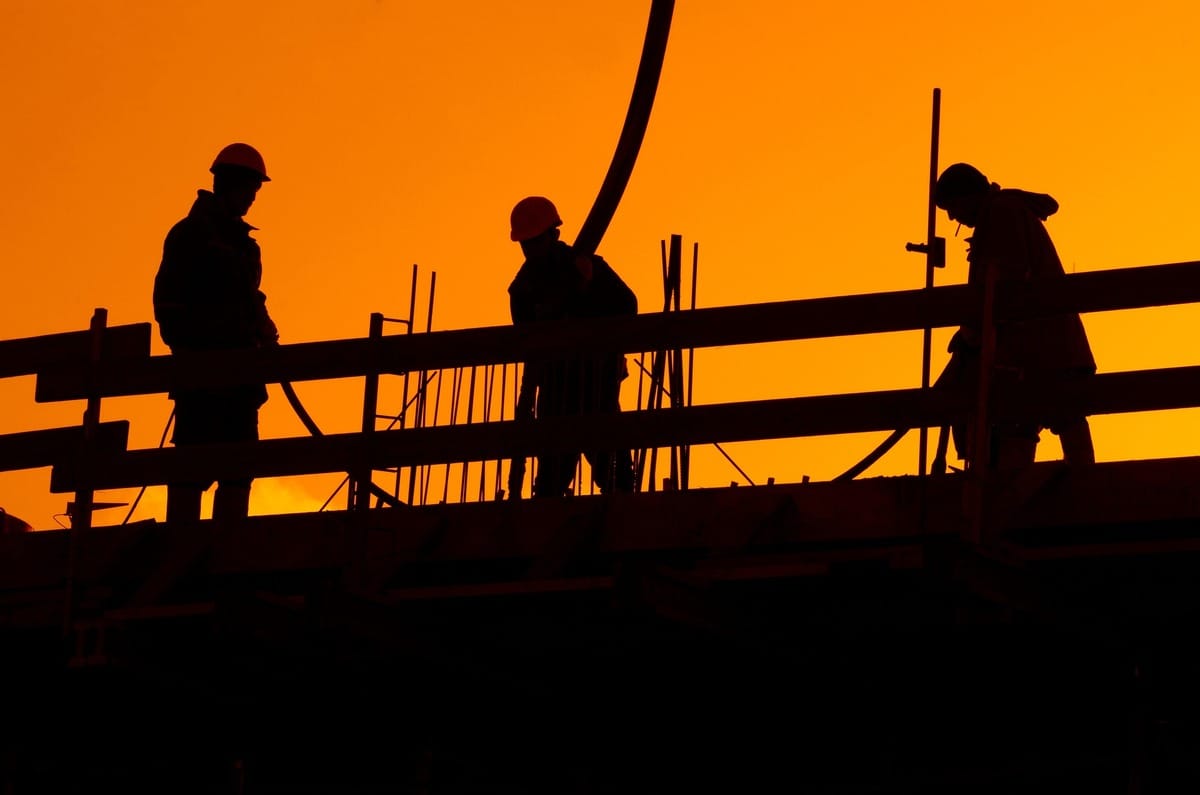- Full Brim Safety
- Posts
- Understanding "Struck-By" - The Leading Cause of Injury
Understanding "Struck-By" - The Leading Cause of Injury
Full Brim Safety: Build Smart, Build Safe

Understanding "Struck-By" - The Leading Cause of Injury
Welcome back, let's Build Smart & Build Safe! This week, we're zeroing in on another critical "Fatal Four" hazard: Struck-By Incidents. While we've discussed specific situations like heavy equipment, today we're taking a comprehensive look at what "struck-by" means on a construction site and why it remains a leading cause of severe injury and fatality.
A "struck-by" incident occurs when a person is impacted by a moving, falling, swinging, or flying object or piece of equipment. Unlike "caught-in/between" where a person is squeezed or crushed, "struck-by" involves a direct impact.
Why is "Struck-By" So Dangerous?
Struck-by incidents are particularly insidious because they can happen quickly, often without warning, and the forces involved can be immense. The consequences range from minor injuries to severe trauma, amputations, and even death. They consistently rank among the top causes of fatalities in construction.
Common Scenarios of Struck-By Incidents:
Struck-by hazards are diverse and present in almost every aspect of construction:
Falling Objects:
Tools or materials dropped from heights (e.g., scaffolding, elevated platforms, roofs).
Debris falling during demolition or structural alterations.
Unsecured loads slipping from slings or equipment.
Moving Equipment & Vehicles:
Workers being hit by excavators, loaders, bulldozers, forklifts, or dump trucks.
Collisions with delivery trucks or service vehicles operating on site.
Vehicles backing up without proper lookout or alarms.
Swinging or Flying Objects:
Workers struck by swinging loads handled by cranes or other lifting devices.
Materials propelled by power tools (e.g., kickback from saws, fragments from grinders).
Objects released under pressure (e.g., from pneumatic lines, burst hoses).
The Core Prevention Principle: Separation and Awareness
The fundamental strategy to prevent struck-by incidents is to create and maintain physical separation between personnel and potential hazards. If a hazard (like a moving machine or a falling tool) cannot reach a worker, the risk of a struck-by incident is eliminated or drastically reduced.
This week, we'll dive into specific strategies for each of these scenarios, from securing items overhead to managing complex site traffic. Understanding the diverse ways you can be struck is the first step in protecting yourself and others.
Don't forget to sign your friends up for Full Brim Safety for your daily dose of construction safety tips!
-The Safety Man
